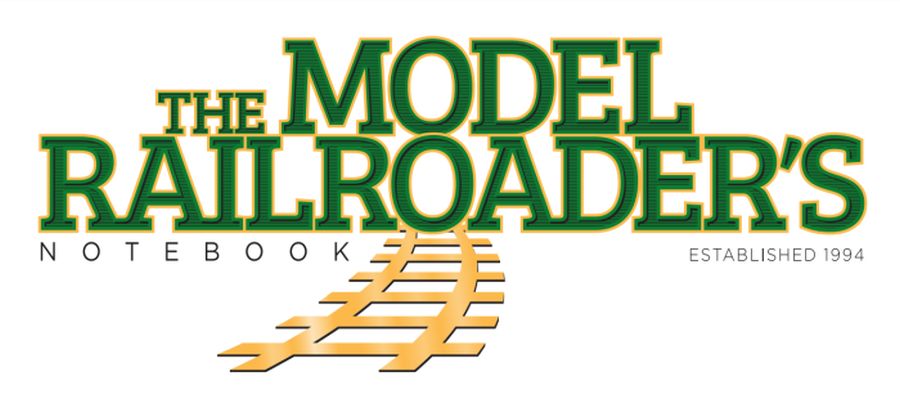It is amazing how 30 minutes or more a night can make your railroad come to life! One thing I've learned in building layouts is to NOT work just on the layout infrastructure all at one time. I know, you are in a hurry to run trains! Me too. But I've found that if you just work on benchwork, then just work on track, one day you will have to sit down and build 25 structures and they take time. Scenery takes time. Better to alternate your projects and do something different every few days. It makes it more interesting!
I just got an email from my friend and NMRA Lifer Tom Beutler! He gave me this tip on wiring connectors.
http://www.tiewraps.com/specialized_3mttap.html. Up until now I've always soldered my connections, but more and more people have used the "suitcase" connectors with great success. 100 for $15.00 is not bad, so I'll probably give it a try. Thanks for the tip, Tom!
Time to put down cork road bed. WHAT!!! NO On30 PURIST USING CORK ROADBED! Calm down, ye purists! I'm a Conspiracy guy! This is for the hidden trackage under the scenery and is only being used to help keep the trains quiet. I'm putting HO track on it anyway, so its not like I'm violating policy. This is a box of HO roadbed from Walther's.
We'll start from the left end and work right.
The tools we need are a box of push pins, a very sharp hobby knife, Elmer's Glue-All White Glue and an index finger. Stop laughing. It is a tool.
Oh, and a sanding block. I sanded the surface again as the wood I'm using is very prone to splinters. Ask any of my fingers.
One good thing about using Sharpee markers is that you can sand the surface and still see the marks because they soak into the wood. Unfortunately, unlike a pencil, they do NOT come off, as the X indicates.
A bead of white glue is laid down one side of the centerline and I spread it out with my finger. An old blue towel is draped over my shoulder for any mess I need to wipe up. Just ask Glue Bob while I keep towels around!
Breaking a strip of roadbed into the two sections, I take on section and put the non-angled side on the centerline and push it into the glue. Once it is straight, I use a few push pins to keep it in place. Note that push pins don't like to go into plywood, so you have to push really hard.
There is a turnout here so I take the cork and go down the right hand side of the siding.
You want to try to avoid any two sides of cork to end in the same spot, as it can cause a bump in the track. So I'll take this piece...
...and using the hobby knife, cut it into two equal lengths.
You can see here where I off set the cork by gluing the shorter piece in place.
This offset allows for a better transition on the track.
The next full length piece goes on the outside of the turnout and in line with the centerline. I'm careful to flatten the cork out into the glue. Usually I use a wallpaper roller to smooth and level the cork, but for some reason I can't find mine around here.
Putting on cork on the other side gives me the mainline.
More cork gives me the siding. I just take my time and make sure the cork is very flat and firmly glued in place. The pins will hold it for 24 hours as the glue totally dries. Glue does dry faster, but cork prevents air exposure so I give it plenty of time.
Next is the middle section. Very easy here, just straight pieces.
I glued each of the four pieces into place and pinned them down. Then I chopped of the remnants that would overhang the edge of the section.
Easily done. Laying cork is fun and very quick...until you run out of push pins. Where did all my push pins go? I asked the wife and raided her desk, but only got a few more.
This will be a nice and quiet piece of hidden track. The sidings are about 8 feet and 6 feet long. More than enough to hold four small On30 trains.
After scraping up a few more pins I decided to add one more straight length of cork to the third section.
If I lay the cork from the left to the right, the cork will stop just past the turnout points. This makes for a week and bumpy area around a critical (and hidden) turnout. We don't want that. So I'll start the cork from the right.
Yes, this is better. It will pass completely through the turnout with room to spare.
The last cork I can put down is on the ground. I can't do more without push pins so I'll just wait until tomorrow and finish the chore.
Wile I normally clean up, tonight I'll just leave the tools for a quick finish tomorrow when I can pull out the other push pins and re-use them.
Wizdom:
1. Never let the ends of two pieces of cork meet together as it can cause a bump. Always stagger the ends.
2. Always use Elmer's Glue All or the equivalent and DON'T use Elmer's School Glue which is water soluble and will release if it gets wet with scenery water.
3. Sand the roadbed before gluing the cork for a good, tight bond.



























































